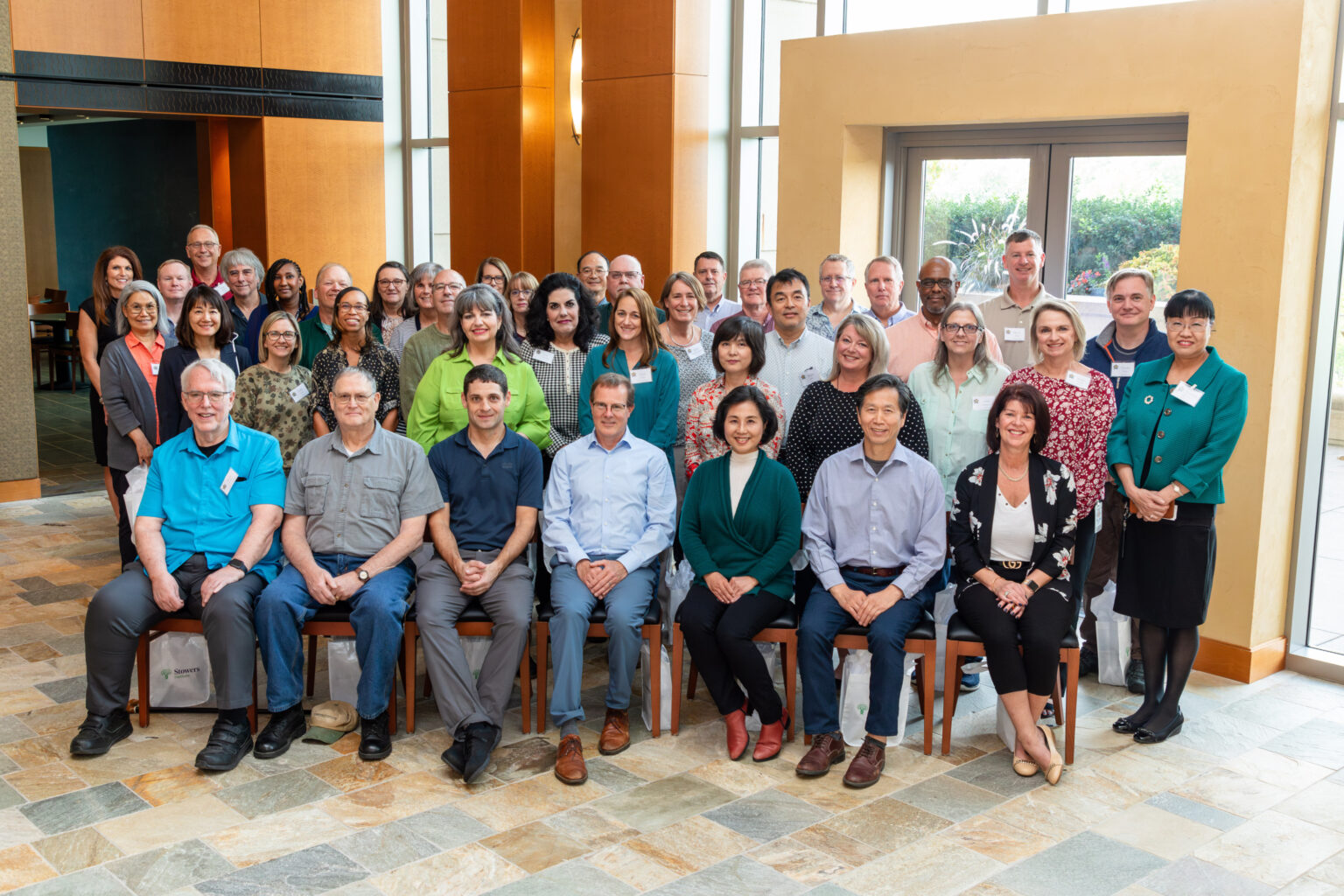Meiosis, the cell division process giving rise to sperm and eggs, involves several steps, one of which is the formation of a large protein structure called the synaptonemal complex. Like a bridge, the complex holds chromosome pairs in place enabling necessary genetic exchanges to occur that are essential for the chromosomes to then correctly separate into sperm and eggs.
“A significant contributor to infertility is defects in meiosis,” said Billmyre. “To understand how chromosomes separate into reproductive cells correctly, we are really interested in what happens right before that when the synaptonemal complex forms between them.”
Previous studies have examined many proteins comprising the synaptonemal complex, how they interact with each other, and have identified various mutations linked to male infertility. The protein the researchers investigated in this study forms the lattices of the proverbial bridge, which has a section found in humans, mice, and most other vertebrates suggesting it is critical for assembly. Modeling different mutations in a potentially crucial region in the human protein enabled the team to predict which of these might disrupt protein function.
The authors used a precise gene editing technique to make mutations in one key synaptonemal complex protein in mice, which allowed the researchers, for the first time, to test the function of key regions of the protein in live animals. Just a single mutation, predicted from the modeling experiments, was verified as the culprit of infertility in mice.
“We’re talking about pinpoint surgery here,” said Hawley. “We focused on a tiny little region of one protein in this gigantic structure that we were pretty sure could be a significant cause of infertility.”
Mice have long been used as models for human diseases. From the modeling experiments using human protein sequences, along with the high conservation of this protein structure across species, the precise molecule that caused infertility in mice likely functions the same way in humans.
“What is really exciting to me is that our research can help us understand this really basic process that is necessary for life,” said Billmyre.
For Hawley, this research is a true representation of the versatility of the Institute. Hawley’s lab typically conducts research in fruit flies, yet the protein discovered in this study was not present in fruit flies and demanded a different research organism to continue. Because of the resources and Technology Centers at the Institute, it was possible to quickly pivot and test the new infertility hypothesis in mice.
“I can’t imagine another place where this could happen,” said Hawley. “I think it’s an amazing example of how the Institute’s dedication toward discovery can yield big results providing important leaps forward in understanding.”
Additional authors include Emily A. Kesler, Dai Tsuchiya, Ph.D., Timothy J. Corbin, Kyle Weaver, Andrea Moran, Zulin Yu, Ph.D., Lane Adams, Kym Delventhal, Michael Durnin, Ph.D., and Owen Richard Davies, Ph.D.
This work was funded by the Wellcome Centre for Cell Biology (award: 203149), the Wellcome Senior Research Fellowship (award: 219413/Z/19/Z), and by institutional support from the Stowers Institute for Medical Research.
About the Stowers Institute for Medical Research
Founded in 1994 through the generosity of Jim Stowers, founder of American Century Investments, and his wife, Virginia, the Stowers Institute for Medical Research is a non-profit, biomedical research organization with a focus on foundational research. Its mission is to expand our understanding of the secrets of life and improve life’s quality through innovative approaches to the causes, treatment, and prevention of diseases.
The Institute consists of 20 independent research programs. Of the approximately 500 members, over 370 are scientific staff that include principal investigators, technology center directors, postdoctoral scientists, graduate students, and technical support staff. Learn more about the Institute at www.stowers.org and about its graduate program at www.stowers.org/gradschool.
Media Contact:
Joe Chiodo, Head of Media Relations
724.462.8529
press@stowers.org






